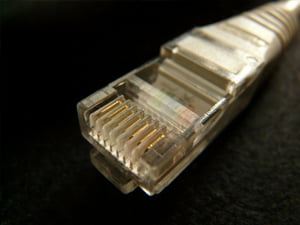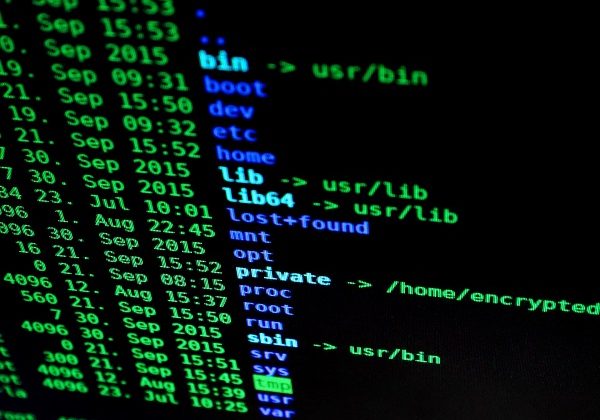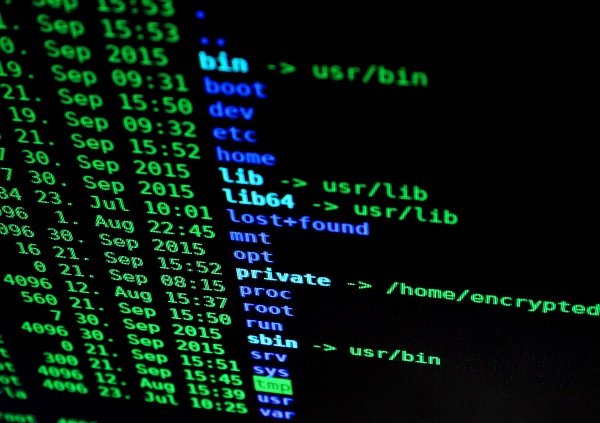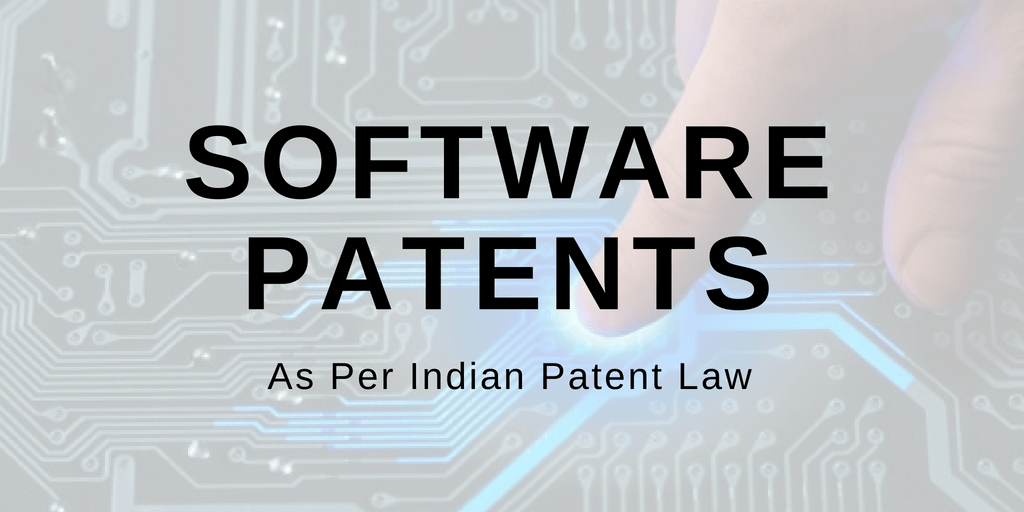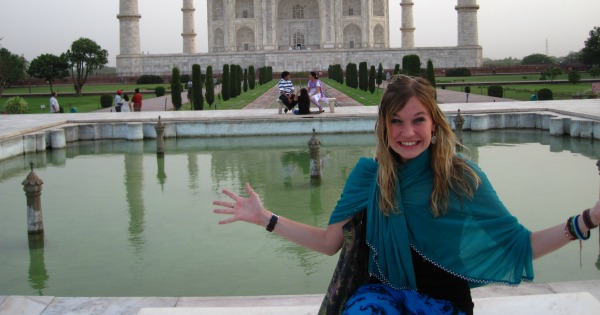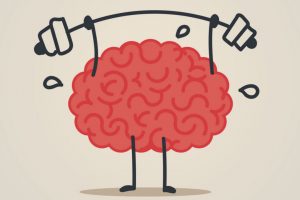Thane: A 33-year-old man, who allegedly mentored the young kingpin of the over Rs 500-crore Mira Road call center scam, was arrested on Sunday.
Police questioned Jagdish Kanani, a partner in a BPO business in Hari Om Plaza at Mira Road, about the functioning of the telephone scamming cartel. A top police officer confirmed the arrest and said it was a breakthrough in the case as Kanani is the “creator” of phone frauds and mentor of 23-year-old Sagar Thakkar, alias Shaggy.
“We have information that Kanani is the one who cracked the code of making easy money by misusing technology and playing on the fears of people. He had worked on US processes as a call center employee and was familiar with the operations that involve calling up US citizens and exerting pressure on them to repay their credit card dues,” a police source told TOI. He added that Kanani had made investments in call centers and played a vital role in setting up fake ones across the country with different names.

Police claimed Kanani had coached Thakkar on how to con US citizens from India and misuse magicJack devices—they plug into a USB port on the user’s computer and have a standard RJ-11phone jack any standard phone can be plugged. “Kanani and Thakkar would pose as tech support callers from legitimate IT software firms and ‘alert’ a victim of a computer virus. They would ‘fix’ the computer and also charge for a maintenance contract,” said the source.
READ ALSO :
- Nashik rape case: Internet services resume even as curfew continues
- Sequoia leads $6 million funding in web optimization provider Zarget
- A Feared Film Blogger, a Dancefloor and a Dark Accusation
- Air India launches a new app for passenger convenience
- Automobile sales continue on their growth path (Intro Roundup)
Meanwhile, the crackdown on Mira Road call centers has broken Thakkar’s back as he was planning to set up five eight offices in Mumbai and Ahmedabad as part of his ‘business expansion plan.’ “The cartel had interviewed over 400 job aspirants in Mumbai and Ahmedabad and selected over 100 for the setups Thakkar was to launch in Ahmedabad,” a police officer said. “Thakkar was interested in newly constructed commercial buildings as till the other blocks would be rented or sold, the call center operations would be smooth, and no one would know what was going on.”
Police chief Param Bir Singh said, “Such call centers have brought shame to the country…fly-by-night call centers are mushrooming everywhere, and there is no governing body to keep a watch on them.”
Investigators believe Thakkar’s sister Reema played a vital role in the scam—she not only aided him and handled the finances through hawala channels. “We are yet to find trace his sister after which her role in the case would be ascertained,” said a police officer. Police are also making inquiries of the involvement of hawala operatives from Mumbai and Ahmedabad. Police said last year, Thakkar had invited his friend Tapash Gupta to help set up call centers along with Mansuri. Thakkar would also often travel to South Asian countries for pleasure trips.
Read Full Article




